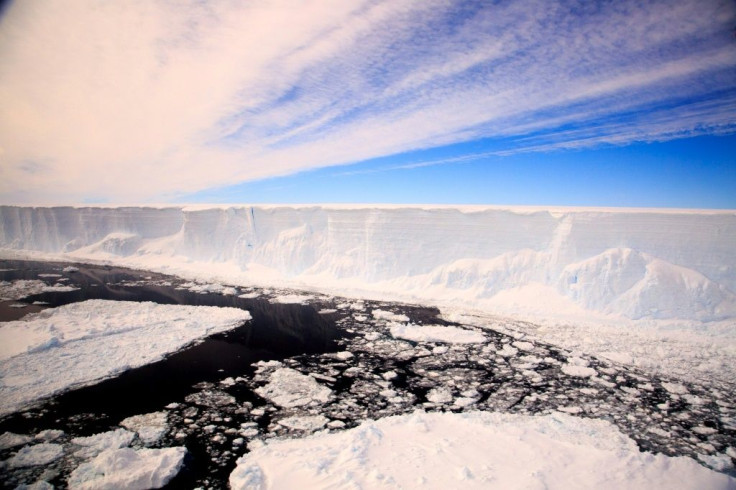Iceberg That's Bigger Than New York City Breaks Off Antarctica Ice Shelf
KEY POINTS
- An iceberg broke off from the Brunt Ice Shelf months after the new crack appeared
- The iceberg is said to be even larger than New York City
- Scientists are relieved that they moved their facility on the ice shelf further inland four years ago
An iceberg that's larger than New York City has broken off the Brunt Ice Shelf, nearly a decade after the first cracks on the ice shelf appeared.
According to the British Antarctic Survey (BAS), which sits on the Brunt Ice Shelf, its glaciologists have actually been expecting a massive calving event for "at least a decade." And in November 2020, it became evident that the expected calving event was close at hand when a major crack on the ice shelf became active and headed for another active chasm, the organization said in its press release.
The new chasm, called the North Rift, is the third crack on the ice shelf in the past decade, BAS noted. In a video shared by the organization, one can see the massive North Rift as captured on Feb. 16.
On Feb. 26, just days after the footage was captured, the crack widened even further and released the iceberg from the ice shelf.
The iceberg is said to be 490 square miles. According to ABC News, that's bigger than New York City, which is only about 302 square miles.
BAS glaciologist Ollie Marsh shows how the new iceberg #A74 recently calved of the #BruntIceShelf is drifting with the tides 👇 https://t.co/tadDbzwMop
— British Antarctic Survey (@BAS_News) February 27, 2021
Fortunately, the BAS facility is not expected to be affected by the calving event.
"Over coming weeks or months, the iceberg may move away; or it could run aground and remain close to Brunt Ice Shelf," Prof. Dame Jane Francis, BAS director, said. "Halley Station is located inland of all the active chasms, on the part of the ice shelf that remains connected to the continent ."
BAS Director of Operations Simon Garrod added how "wise" it was to move the station to a more inland location several years ago.
"Four years ago we moved Halley Research Station inland to ensure that it would not be carried away when an iceberg eventually formed. That was a wise decision," Garrod said. "Our job now is to keep a close eye on the situation and assess any potential impact of the present calving on the remaining ice shelf."
What Are Icebergs?
According to the National Snow & Ice Data Center (NSIDC), icebergs are pieces of ice that float on the ocean or on a lake. They form when chunks of ice break apart from glaciers, larger icebergs or, like in the current case, ice shelves.
They can be large or small, although the smaller ones can be problematic for ships because they are more difficult to see. Because they can be dangerous for sea vessels, there is now a multinational effort to keep a lookout for icebergs.
"After the Titanic sank near Newfoundland in 1912, the United States and twelve other countries formed the International Ice Patrol to warn ships of icebergs in the North Atlantic," the NSIDC said.
Apart from ships, icebergs can threaten landmasses. In November, a massive iceberg was in danger of colliding with an island that's actually a penguin sanctuary.

© Copyright IBTimes 2025. All rights reserved.






















